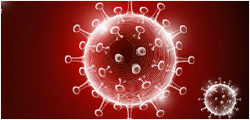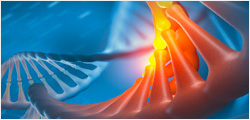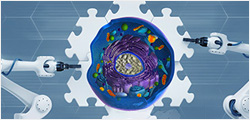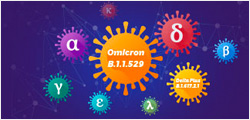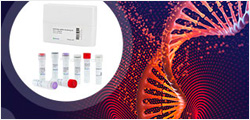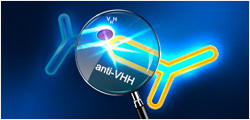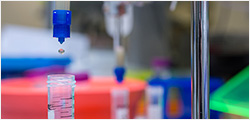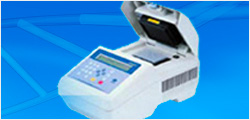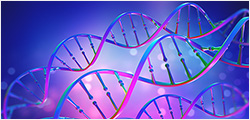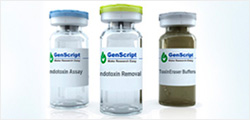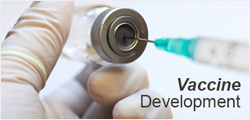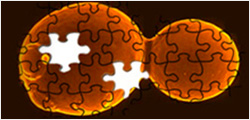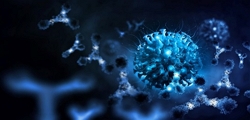
SARS-CoV-2 Spike protein RBD-HRP, BA.2 Variant, His Tag (Cat.No. Z03741) can bind with ACE2 in functional ELISA assay.
SARS-CoV-2 Spike protein RBD-HRP, BA.2 variant, His Tag
BA.2 differs from BA.1 in its genetic sequence, including some amino acid differences in the spike protein and other proteins. Studies have shown that BA.2 has a growth advantage over BA.1. Studies are ongoing to understand the reasons for this growth advantage, but initial data suggest that BA.2 appears inherently more transmissible than BA.1, which currently remains the most common Omicron sublineage reported. This difference in transmissibility appears to be much smaller than, for example, the difference between BA.1 and Delta. Further, although BA.2 sequences are increasing in proportion relative to other Omicron sublineages (BA.1 and BA.1.1), there is still a reported decline in overall cases globally.
| Z03741 | |
|
|
|
| ¥21,750.00 | |
|
|
|
|
|
|
| Ask us a question | |
